Knots are an essential part of our day-to-day lives. From tying shoelaces to securing a boat to a dock, we use knots in various aspects of our lives. But did you know that knots can also be a work of art?
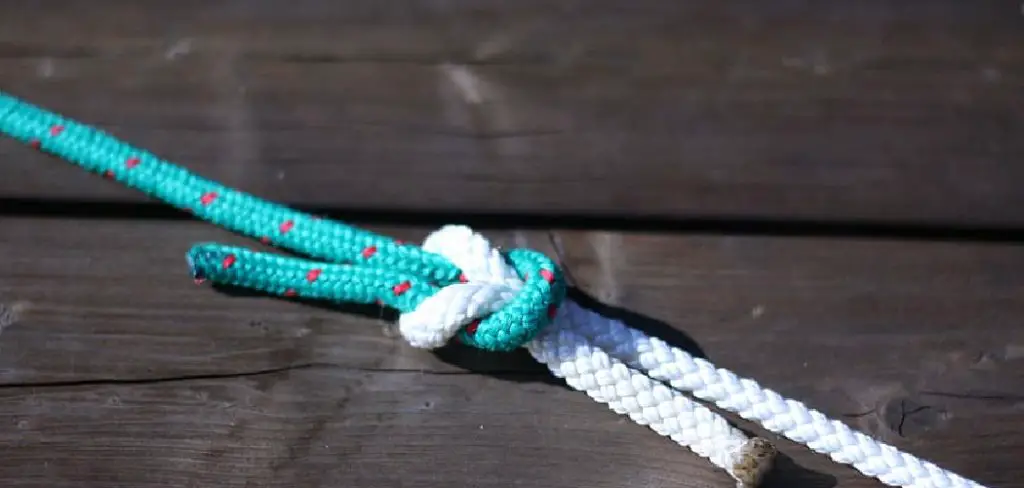
Yes, tying decorative knots is a beautiful and intricate craft that can add an elegant touch to jewelry, clothing, or home decor. So, if you’re a crafting enthusiast looking to broaden your horizons, you’re at the right place. In this blog post, we’ll take you through the art of tying decorative knots and guide you on how to tie decorative knots yourself.
Can You Tie Decorative Knots?
Knots have been used for centuries for practical and decorative purposes. From tying a simple shoelace to creating intricate designs, knots have proven functional and beautiful. So, the question is: Can you tie decorative knots? If not, don’t worry. Countless resources are available to beginners to help them master the art of knotting. The internet is a great place to start, with tutorials and online communities dedicated to knot enthusiasts. From macrame to friendship bracelets, there are endless possibilities for decorative knots; with a little practice, anyone can become an expert. So, grab some string and get ready to create something beautiful.
Why Should You Tie Decorative Knots?
Tying knots isn’t just for sailors or climbers anymore; it’s become quite the trend in home decor. While functional knots can be useful for tying ropes or securing equipment, decorative knots add a unique and creative touch to any space.
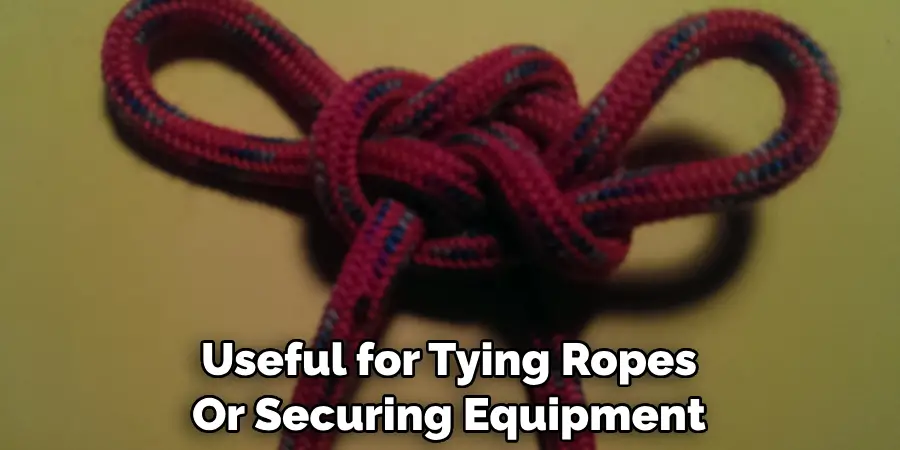
They can be used to create beautiful wall hangings, plant hangers, or even as accents on pillows or blankets. Tying knots can also be therapeutic and calming, making it a great way to de-stress after a long day. Whether you’re new to knot-tying or an experienced pro, incorporating decorative knots into your home is a fun and creative way to add some personality and charm to your space.
How to Tie Decorative Knots: A Beginner’s Guide
1. Types of Knots:
Before you dive into creating knots, it’s essential to have a clear understanding of the different types of knots. Common types of knots include square knot, lark’s head knot, reef knot, slip knot, clove hitch, and bowline knot. Each knot has its purpose and is used in various situations. For example, reef knots are commonly used to secure a sail, while bowline knots are ideal for rescue operations.
2. Materials Needed:
As with any crafting project, the material you use can significantly impact the outcome of your work. While you can use any rope or twine to make decorative knots, we recommend using nylon or polyester cords as they are durable and easy to work with. Additionally, you’ll need a pair of scissors, a ruler, a lighter, and a flat surface to work on.
3. Basic Techniques:
Once you have your material and tools ready, it’s time to learn the basic techniques of tying decorative knots. The first step is to practice maintaining tension. Keep the rope tight while tying a knot, as loose knots can quickly unravel. Additionally, ensure that the ends of the cord are even and cut the frayed edges.
4. Create Your Knots:
Now that you understand the basics let’s discuss creating some decorative knots. One of the easiest and most versatile knots is the square knot. To tie this knot, place two cords together, left over right. Then, create a loop with the left cord over the right cord. Bring the right cord under the left cord and through the loop made by the left cord. Pull both cords to tighten the knot. This knot is excellent for unique bracelets and necklaces.
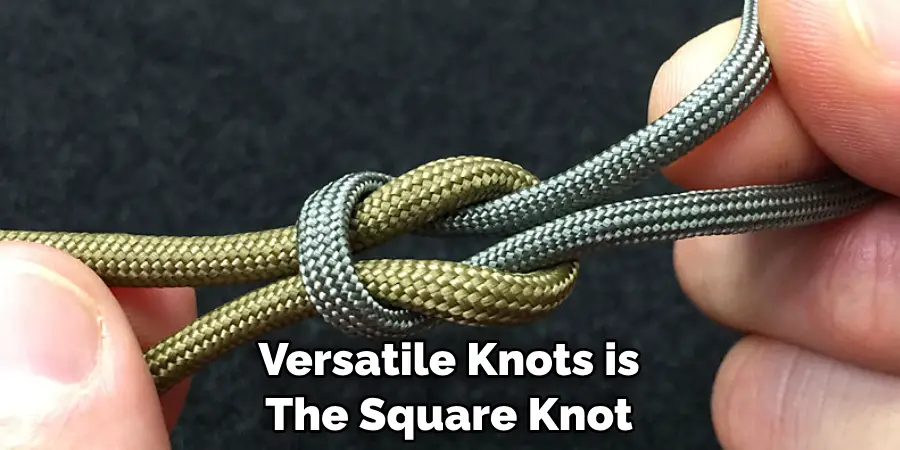
5. Practice Makes Perfect:
Creating decorative knots requires practice and patience. Don’t get discouraged if your first attempt doesn’t turn out as expected. Instead, keep practicing until you perfect the technique. You can also watch online tutorials or join a local crafting group to learn new techniques and get feedback from others.
6. Combine Knots for Unique Designs:
Once you have mastered a few basic knots, it’s time to get creative and combine them to create unique designs. Mix and match knots to create intricate patterns or use different-colored cords for added visual interest. Don’t be afraid to experiment and see what works best for you.
7. Use Decorative Knots in Your Projects:
Now that you have learned how to tie decorative knots, it’s time to use them in your projects! These knots can be used to create beautiful bracelets, necklaces, keychains, and even home decor items. You can also incorporate them into your knitting or crochet projects for added texture and visual appeal.
The possibilities are endless, so let your creativity flow! You can create stunning decorative knots in no time by following these steps. So grab your materials and get started on your next crafting adventure! Remember to have fun and enjoy the process of creating unique and beautiful knots. With practice, you’ll become a pro at tying decorative knots in no time.
5 Considerations Things When You Need to Tie Decorative Knots
1. Purpose
Before you start tying any decorative knots, it’s important to consider the purpose of the knot. Are you looking to add a unique touch to a piece of jewelry or clothing? Or are you trying to secure an object in place? The purpose of the knot will determine which type of knot is best suited for your needs.
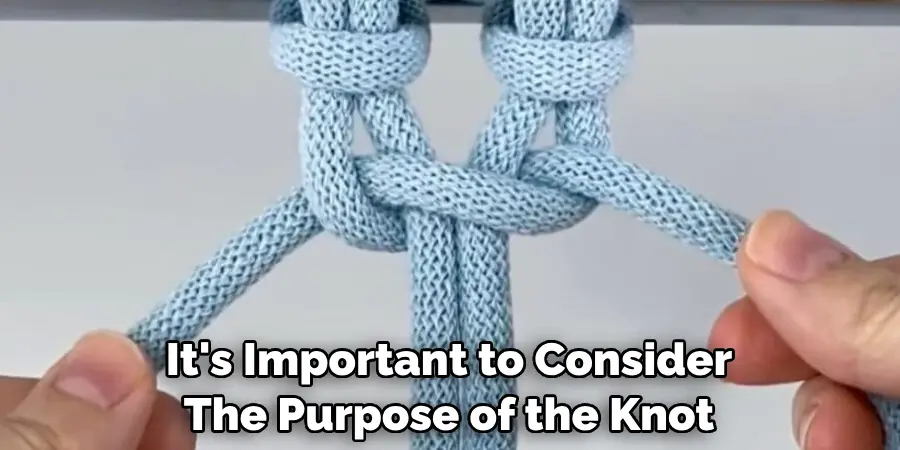
2. Material
The material you are working with can also affect the type of decorative knot you choose. Some knots work better with certain materials, such as rope or string, while others may be more suitable for fabric or leather. Consider the strength and texture of your material when selecting a knot.
3. Difficulty
Some decorative knots may look intricate and beautiful, but they can be quite challenging to tie. Before attempting a complex knot, make sure you have enough time and patience to practice and perfect it. If you’re new to tying knots, start with simpler ones and work your way up to more difficult ones.
4. Aesthetics
The appearance of the knot is another important consideration when choosing a decorative knot. Some knots are known for their symmetry and clean lines, while others have a more rustic or organic look. Think about how the finished knot will complement your overall design or style.
5. Strength
While decorative knots may primarily be used for their visual appeal, it’s important not to overlook their functionality as well. Make sure that the knot you choose is strong enough to hold whatever object or material it is securing. You don’t want your carefully crafted design falling apart due to a weak knot!
Benefits of Tie Decorative Knots
Tie decorative knots are often overlooked as a means of spicing up any outfit, whether it be for a professional or casual setting. They offer a seemingly small but noticeable touch that can help you stand out in a sea of plain ties. Not only do tie knots serve as a conversation starter, they also show a sense of creativity and attention to detail, leaving a lasting impression. But the benefits of tie decorative knots aren’t just limited to appearance. They can also help with functionality, ensuring your tie stays in place throughout the day. So, the next time you’re picking out a tie, consider trying a decorative knot and see the difference it can make.
4 Common Mistakes People Make When Trying to Tie Decorative Knots
1. Not Following Instructions
One of the most common mistakes people make when trying to tie decorative knots is not following instructions. Decorative knots can be complex and require specific steps to achieve the desired result. Skipping or altering these steps can lead to a knot that looks messy or does not hold properly.
2. Using the Wrong Type of Rope
Another mistake people make when attempting decorative knots is using the wrong type of rope. Different types of rope have different levels of flexibility, strength, and texture, which can affect how a knot turns out. It’s important to use a rope that is suitable for the specific knot you are trying to tie.
3. Rushing Through the Process
Tying decorative knots requires patience and precision. Many people make the mistake of rushing through the process, leading to mistakes and an overall sloppy-looking knot. Take your time and follow each step carefully for the best results.
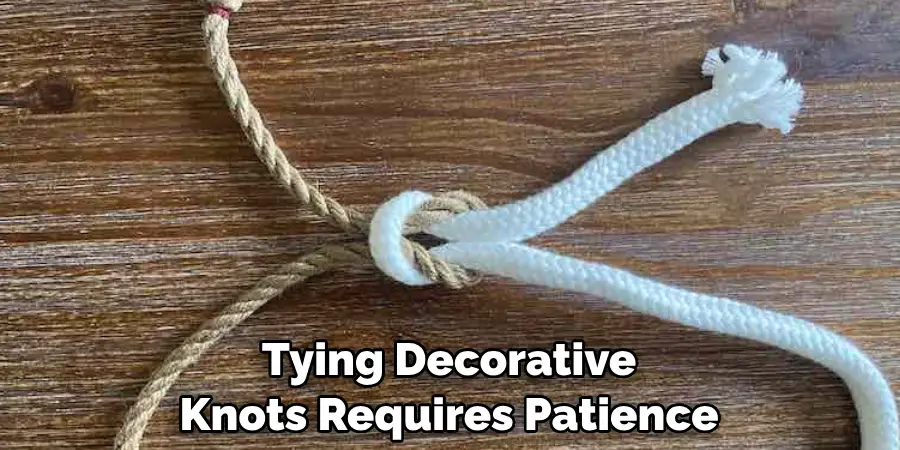
4. Not Practicing Enough
Like any skill, tying decorative knots takes practice to master. Many people get discouraged after one or two failed attempts and give up on learning how to tie these intricate knots. However, with enough practice and patience, anyone can learn how to tie beautiful decorative knots.
Conclusion
The art of tying decorative knots is a beautiful way to express your creativity and add a unique touch to your crafting project. Remember to start with the basics, choose the right materials, and maintain tension while tying knots. With time and practice, you can create intricate knots that are both elegant and functional. So, pick up your cords and get started on your decorative knot creations! Thanks for reading our post about how to tie decorative knots.
Expertise:
Crafting expert with a focus on innovative techniques and diverse materials.
Specialization:
- Textile arts (weaving, embroidery, and fabric dyeing)
- Woodworking and furniture design
- Mixed media and upcycling projects
Recognition:
- Featured in local art exhibits showcasing innovative craft projects
- Collaborated with community organizations to promote crafting workshops
- Received accolades for contributions to sustainable crafting initiatives
Mission:
- To inspire and empower crafters of all levels to discover their creative potential
- Encourages experimentation and self-expression through hands-on projects

